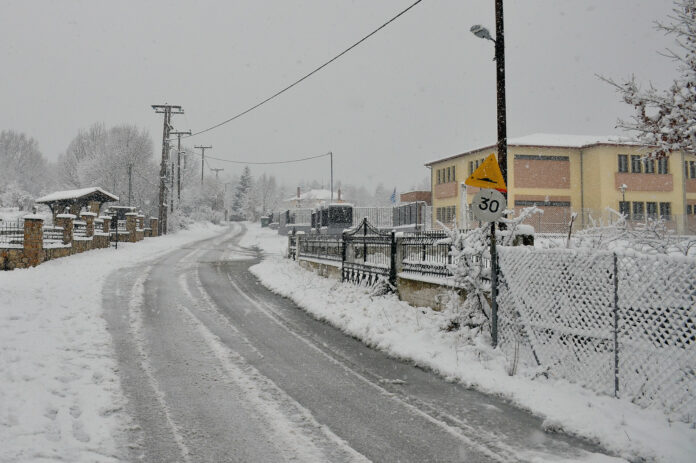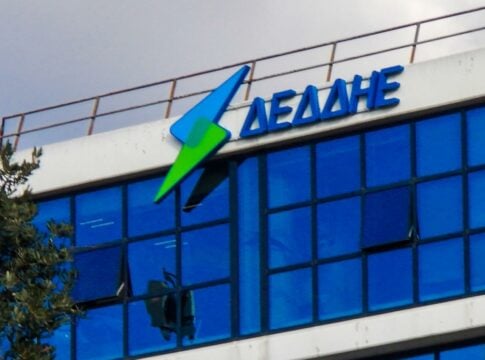Greece’s electrical system has addressed the “cold wave” that is currently underway, peaking the demand for electricity, without any problems, maintaining its export orientation towards the neighboring markets of the Balkans and Italy.
In particular, sources with knowledge of the matter stated to “N” that the increased demand of the last days do not raise any concerns regarding the country’s adequacy given that all the system’s units are available and in operation to cover any additional needs.
The system’s response
The IPTO “arsenal” includes the new natural gas-fired power generation unit known as “Thermoilektriki Komotini” of GEK TERNA and Motor Oil, which has been in trial operation since the end of November and contributes significantly in times of increased demand.
The readiness of the Greek system is complemented by hydroelectric plants, which, according to competent sources, are at good levels with the prospect of further enhancing their capacity in the immediate future.
Indicatively, the deviation in available capacity at the end of November compared to the corresponding period a year ago was estimated at 800 MWh less, when it has now been limited to 300 MWh with the prospect of further reduction given the rainfall.
It is recalled that the limited availability of hydroelectric plants in the wider Balkan region following water shortages last year contributed to the skyrocketing of electricity prices during the “mini” energy crises that preceded it in recent months. Currently, reserves are being restored while snowfalls – which were absent last year – ensure that there will be water flows until May this year, contributing to the replenishment of reserves that will be consumed during the winter period.
Greece remains a steady exporter
In this light, the basic assessment of the response of the Greek system remains optimistic, “monitoring” the developments that are directly related to weather conditions and consequently the energy needs that will be created.
More specifically, Greece ended 2024 with a positive sign in the import-export balance, a picture that continues in the first days of the year. According to industry experts who monitor the daily operation of the interconnections, exports from Greece to neighboring countries have shifted in recent days to the evening hours for the most part compared to the morning hours that was the case until recently.
This is attributed to the lower photovoltaic production in the wider region due to weather conditions. According to the previous pattern, electricity exports to neighboring markets based on the principle of energy flow from the cheapest to the most expensive market, occurred during the morning and noon hours when photovoltaic production peaked, which in turn, based on oversupply, led prices downwards.
Prices
The average price stands at 140.18 euros per Megawatt-hour and the average price of the month so far at 123.04 euros per MWh.
Renewable Energy Sources are leading in meeting demand (significant contribution of wind power) with a share of 43.30% in the energy mix, followed by natural gas with 41.90%, imports 4.99%, lignite 4.84% and large hydroelectric plants with 2.61%, according to data published by the Hellenic Energy Exchange.
Finally, the corresponding wholesale electricity price in Italy and Bulgaria is 142.82/MWh and 150.77/MWh, respectively.















